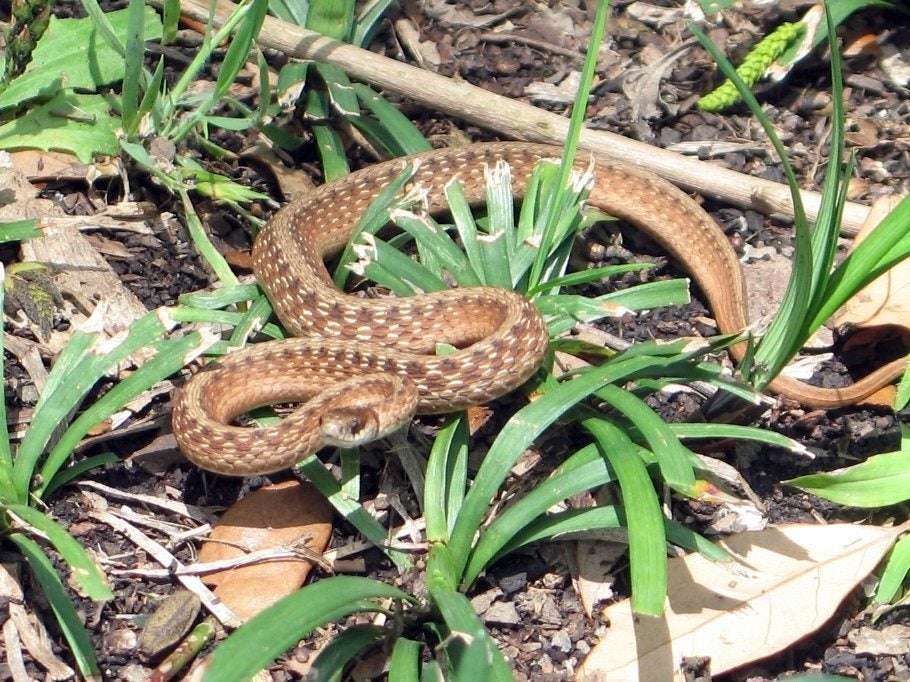How To Bring Plants Indoors Without Bugs


We all enjoy a vacation in the summer and the same is true of our plants. While I'm not suggesting that we send our plants on a cruise or to the beach, many of our tropical houseplants benefit from living outdoors when the temperature is warm. But many gardeners are hesitant to do this for fear of bringing houseplant bugs indoors in the fall.
How to Bring Plants Indoors without Bugs
When bringing houseplants back inside after their summer vacation outdoors, hitchhiker bugs can be a real problem. I often find that my tropical houseplants aren't bothered by these pests, but any veggie plants I try to grow over the winter and my veggie seedlings I start in the spring quickly become infested with houseplant bugs.
To prevent winter infestations of common houseplant pests, I follow these steps when bringing houseplants back inside for the winter:
- Clean inside - Before bringing houseplants back inside, I give the plant's inside home a thorough cleaning. This removes any residual breeding material, such as fallen leaves or bits of soil that may be hiding in nooks and crannies. Healthy plants are more resistant to bugs, so I also clean the windows to ensure my houseplants receive as much sunlight as possible during the winter.
- Inspect plants - To help prevent houseplant bugs from hitchhiking a ride indoors, I thoroughly inspect my "vacationing" plants on a regular basis during the summer. If I find undesirable insects, I use the garden hose to remove them.
- Repot - During their summer vacation outdoors, houseplants may have grown considerably or have sent up suckers or pups. This makes late summer the ideal time for repotting and dividing. Using sterile potting soil, scrubbing previously used planters and repotting no more than one or two days prior to bringing houseplants inside will lessen the likelihood of the new soil becoming contaminated with common houseplant pests.
- Soak the soil - If I'm not going to repot, then I thoroughly water larger planters before bringing houseplants back inside. Smaller pots can be submerged in lukewarm water for about 15 minutes to eliminate soil-dwelling pests. Some gardeners suggest submerging the entire plant in water, but I've never tried this.
- Spray the plant - Shortly before bringing houseplants inside, I'll spray the foliage with water from the hose to remove any pests. I let the plant dry, then spray lightly with an insecticidal soap. I prefer to use the insecticidal spray outdoors to prevent any overspray from landing inside my home.
- Mulch with cedar - Finally, I mulch the planters with a thick layer of fresh cedar chips. I use the type marketed as pet bedding. It's fairly inexpensive and imparts a nice "woodsy" aroma inside my home.
As my houseplants re-acclimate to the inside, I continue to monitor the foliage for common houseplant pests. Acting swiftly is the best way to prevent a few bugs from becoming a major infestation.
Sign up for the Gardening Know How newsletter today and receive a free copy of our e-book "How to Grow Delicious Tomatoes".

Laura Miller has been gardening all her life. Holding a degree in Biology, Nutrition, and Agriculture, Laura's area of expertise is vegetables, herbs, and all things edible. She lives in Ohio.